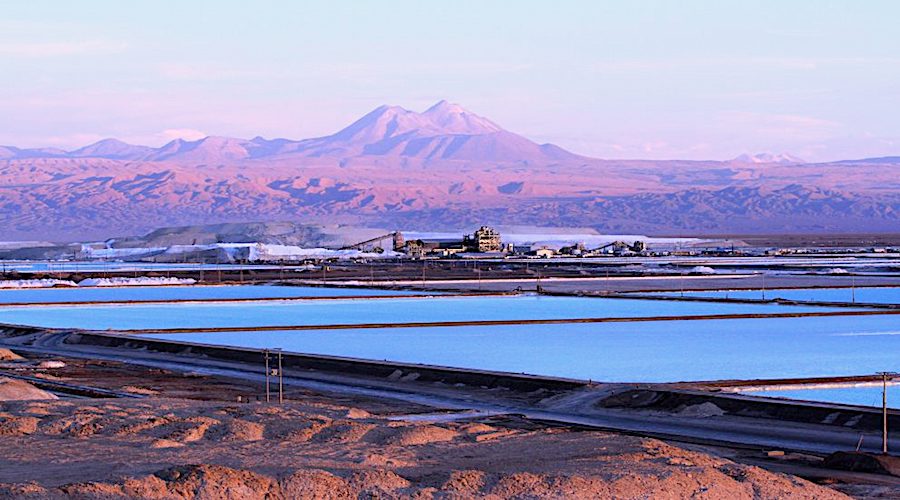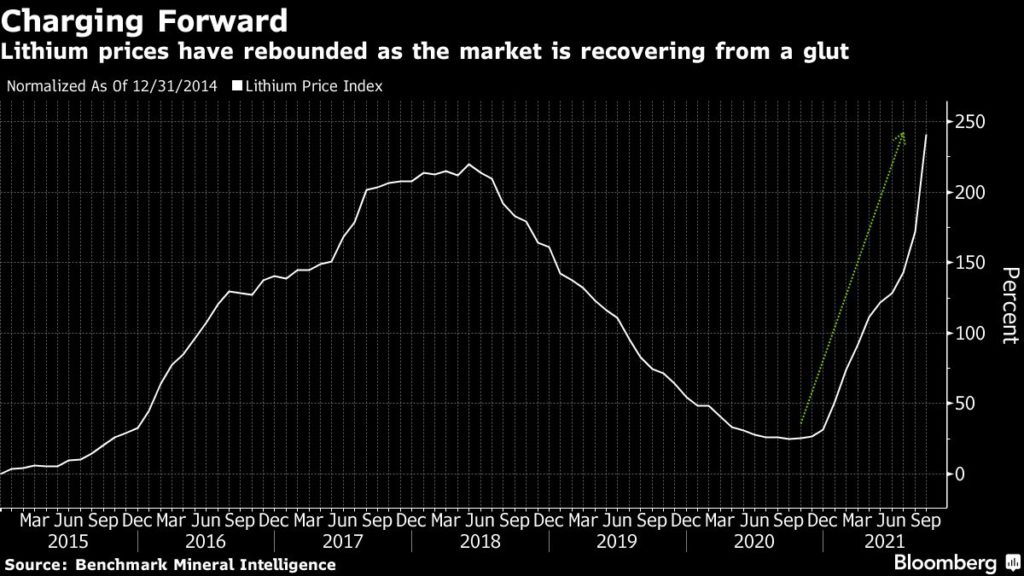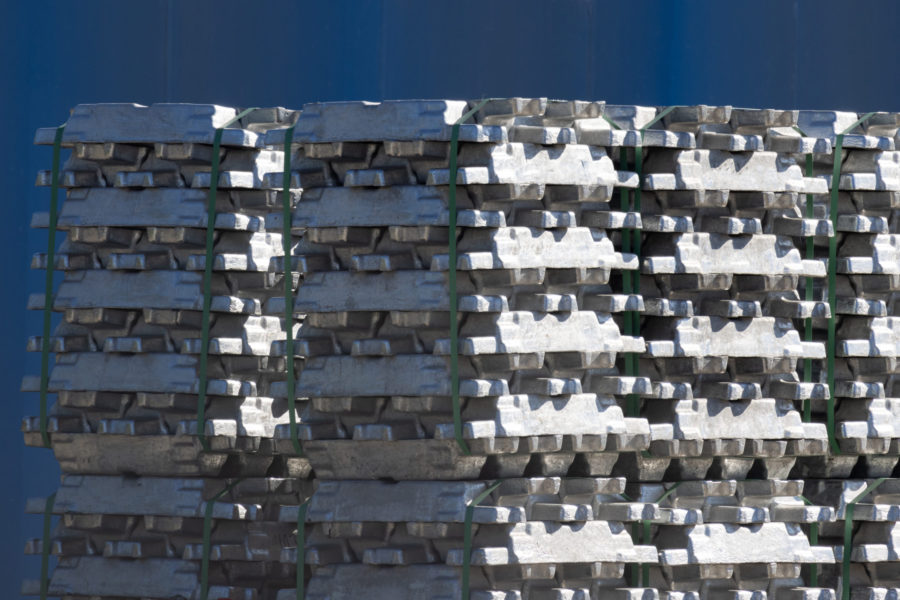SQM expects lithium prices to jump 50% before year-end

SQM (NYSE: SQM), the world’s second largest lithium miner, expects average prices for the battery metal to rise close to 50% in the last three months of the year from the previous quarter, as strong demand for the key ingredient to make electric vehicle batteries continues to put pressure on the market.
The Chilean miner is certainly benefitting from the market squeeze. Reporting third-quarter results, the miner said net profits for the period were about $106 million compared to $1.7 million last year, while revenues totalled $661.6 million, an increase of 46% from the third quarter of 2020.
A sharp tightening of the market for lithium has seen a benchmark index more than double in 2021 and prices in China hit records. With little or no inventory in the system right now and demand set to more than triple by 2025, buyers are snapping up all the lithium they can.
SQM, and no. 1 lithium producer Albemarle (NYSE: ALB), have fast-tracked their expansion plans this year and have been evaluating new opportunities.
“We are already producing at a rate higher than 120,000 metric tonnes per year,” chief executive officer Ricardo Ramos said in the statement. He added the firm continued to work towards its newly set production targets of 180,000 tonnes of lithium carbonate and 30,000 tonnes of lithium hydroxide in Chile by the end of 2022.
The Santiago-based company said the jump in profits was not exclusively driven by ultra-light battery metal, as sales in its iodine, specialty plant nutrition and potassium business lines also soared in the period.
Sales volumes this year could get close to 100,000 tonnes, higher than earlier expected, Ramos said. He added that positive trends in each of the markets in which SQM participates, along with the expiration of the legacy lithium contracts, will likely translate into record-level results in the fourth quarter of this year.

Chile, already the world’s top copper producer, was until 2018 the world’s top lithium producer, when it lost its crown to Australia.
To avoid losing further market share — China is projected to take the second position by the end of the decade — the country announced in October an upcoming tender for the exploration and production of 400,000 tonnes of lithium.
Companies that secure permits will have seven years, extendable for another two, to explore and develop projects, followed by 20 years of production, the Mining Ministry has said.
White ambition
The country currently generates about 29% of the world supply, but it plans to double production by 2025 to about 250,000 tonnes of lithium carbonate equivalent (LCE).
Global demand for the metal, according to Chile’s projections, will quadruple by 2030, reaching 1.8 million tonnes of lithium. Available supply by then is expected to sit at 1.5 million tonnes.
Chile’s Atacama region supplies nearly one-quarter of the globe’s lithium.
Automakers, Indigenous communities and activists, however, have increasingly raised concerns in recent years about the environmental impact of lithium production in the arid region, home to the world’s driest desert.
More News
{{ commodity.name }}
{{ post.title }}
{{ post.date }}



Comments